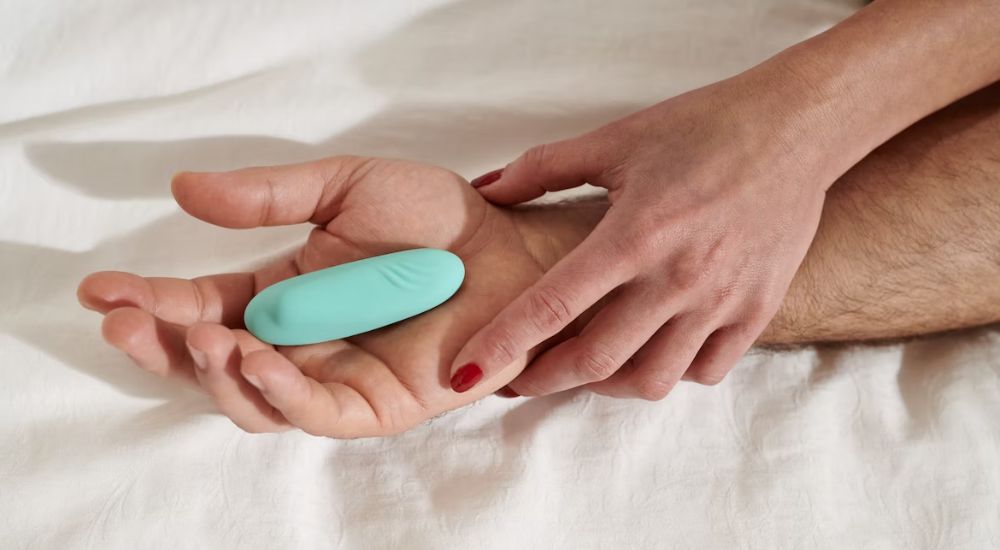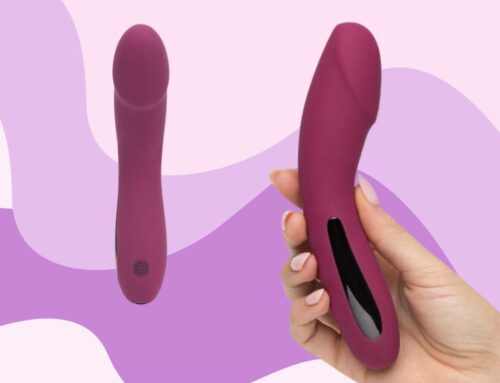Are you tired of feeling like the Energizer bunny in the bedroom, while your partner is more like a sloth? Do you find yourself watching Netflix alone, while they’re snoring away after a quick romp? Fear not, mismatched libidos don’t have to be a deal-breaker!
Check out our tips so you both don’t have to sacrifice your sexual happiness.
What impacts your libido?
You may be able to pinpoint times in your life when your sex drive was lower than usual. It could have been about pregnancy, giving birth, other hormonal changes, or health implications. People with conditions such as pelvic inflammatory disease, endometriosis, or erectile dysfunction can sometimes find it challenging to maintain a consistently active sex life.
Individual factors such as low self-esteem and lack of confidence can affect your sex drive, while interpersonal circumstances such as losing interest or attraction to your partner, or communication struggles can impact your libido in other ways.
Lots of people find that daily interferences, like work-related stress, tiredness, and fatigue, can make all the difference when it comes to deciding whether we want to engage in sex or not.

Will a mismatched libido affect your relationship?
Differing sex drives won’t necessarily cause problems for your relationship. Many couples are adaptable enough to find ways to accommodate and meet each other’s sexual needs and desires as they change and fluctuate over time.
Sometimes, it’s not so simple. A mismatch in sex drive can cause communication breakdown and resentment. When one of you wants sex more than the other, it can raise questions, doubt, and confusion, creating unwelcome tension between you both.
Whatever the reason, if you haven’t had sex for a while, this can create a sense of insecurity over initiating intimacy and then also performing. If this is the case, it may be that your relationship needs a little work and nurturing, particularly where intimacy is concerned.
Tips for dealing with a mismatched libido
Okay, so now you know your sex drives aren’t always compatible – and that this is normal – here are a few ways you can add some intimacy back into your relationship to help curve your mismatched libidos.
Don’t compare your relationship

This is probably the biggest one. No relationship is perfect, and there is no ‘normal’ baseline. Don’t compare how much sex you have with how much your friends are having, instead, focus on enjoying the intimacy you do share with your partner – letting go of external pressure.
Practice intimacy

We don’t mean sex. Find time to be close to each other, both physically and emotionally. Schedule date nights, treat one another to a massage, play a game together, or share a bath. Being intimate doesn’t have to start and end with sex, there’s so much more you can enjoy together as a couple.
Mix things up

Life (and relationships) can get dull if you let them. Make it a mission to stay curious together, whether that’s browsing for sex toys and trying on some different lingerie or pushing yourself to experiment with new sex positions and exploring your less conservative sexual fantasies together.
Communication is key

Mismatched libidos are most often a bigger problem if communication is too. As for anything relevant to your relationship, being honest and willing to have discussions is the best way to navigate through any relationship challenge.
Know your boundaries

Say it loud for those in the back. You ALWAYS have the right to say no. Sex doesn’t and shouldn’t define your relationship and at no point, should you feel like you must ‘put out’ to keep up with expectations. If you’re not in the mood for sex, it’s more than ok to decline the request to be intimate.
Dealing with a changing libido doesn’t mean your relationship is over, remember to communicate, make time for each other, and find ways that work for you.
This article was originally published on Lovehoney and has been adapted for Her World with permission.
See more:






Leave A Comment
You must be logged in to post a comment.